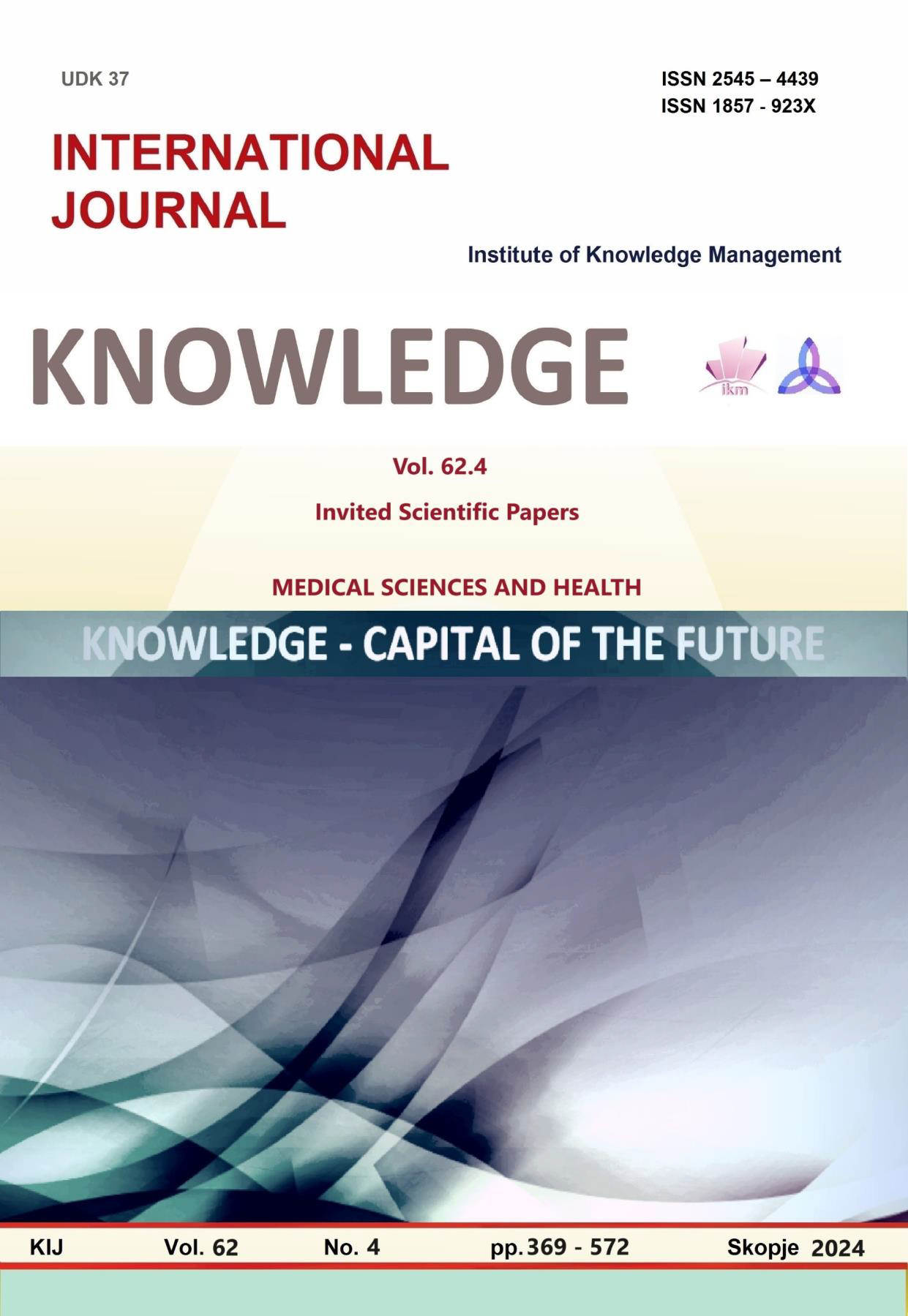РАЃАЊЕ, НЕГА И ПРИМАРНА РЕАНИМАЦИЈА НА НОВОРОДЕНО
BIRTH, CARE AND PRIMARY RESUSCITATION OF A NEWBORN
Author(s): Sandra Canevska Trajkovska, Gordana Kamceva MihailovaSubject(s): Health and medicine and law
Published by: Scientific Institute of Management and Knowledge
Keywords: birth;newborn;Apgar test;resuscitation
Summary/Abstract: Birth and the first moments of a newborn represent one of the most significant moments in life. It is a natural process involving a series of mechanical and physiological events, namely the emergence of the fetus, placenta, and fetal membranes from the woman's genital organs. It can be classified into preterm (occurring between the 20th and 37th gestational weeks), term (40th gestational week), and prolonged pregnancy (graviditas prolongata, 42nd gestational week). The delivery can occur spontaneously or through a cesarean section, depending on the mother's and fetus's condition. Newborn care begins immediately after delivery, including care for vital functions, monitoring body temperature, and ensuring optimal conditions for healthy development, with healthcare professionals playing a crucial role. An assessment of the newborn is conducted in the first and fifth minutes after birth (Apgar score), and in cases of low Apgar scores, it is also performed in the tenth minute. The Apgar test is not a diagnostic test but serves as a rapid assessment of the newborn's overall health. In some specific births, the need for primary resuscitation may be predicted prematurely based on: a) pregnancy history data, b) fetal distress, c) abruptio placentae, d) placenta previa, e) thick meconium in the amniotic fluid, f) intrauterine growth restriction, g) premature birth, and many other reasons. Primary resuscitation is carried out in a strictly defined sequence by trained medical personnel.The aim of this paper is to present the approach of the medical team involved in the birthing process for the proper assessment of the health status of the mother and newborn, and the treatment in the first minutes after birth. Medical advances and health technologies have had a significant impact on resolving health complications during the birthing process, resulting in an increased number of cesarean section deliveries at the expense of spontaneous births. This paper presents data on the number of deliveries performed based on the report from the General Hospital Kumanovo for the period from 2016 to 2022, displayed in tables. The data shows that the percentage of births by cesarean section was 22 % of the total number of deliveries in 2016, while in 2022, it amounted to 28 %. Modern lifestyle, education, age, and increased opportunities for population education are crucial factors for regular medical monitoring of pregnancy, early diagnosis, and successful outcomes for both the mother and newborn.
Journal: Knowledge - International Journal
- Issue Year: 62/2024
- Issue No: 4
- Page Range: 507-510
- Page Count: 4
- Language: Macedonian

